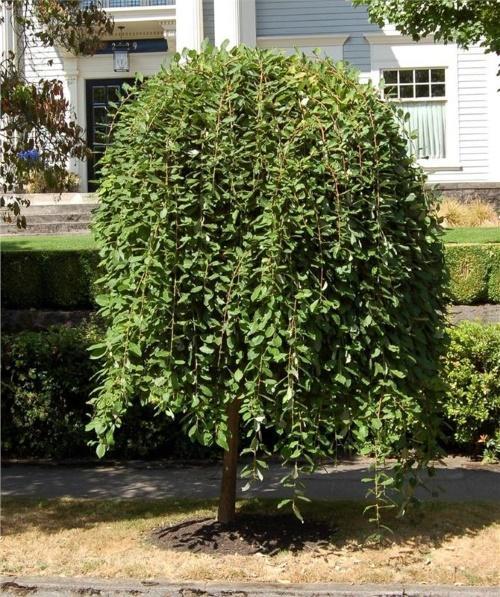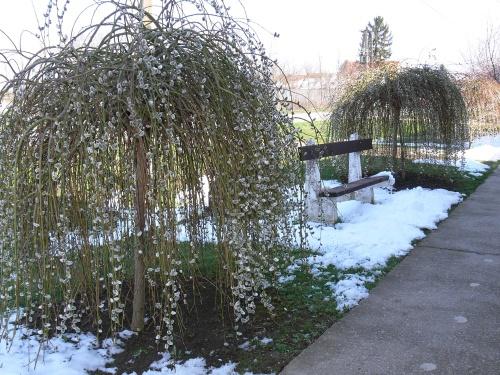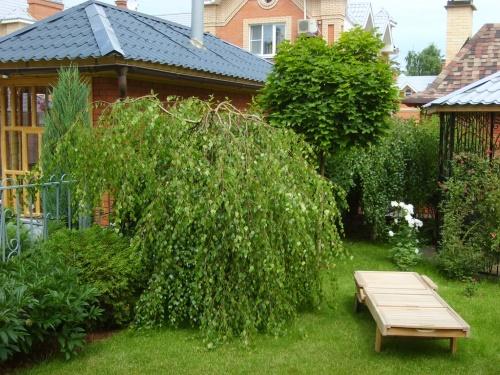Willow pendula will give the garden a special charm
 Perhaps everyone at least once saw the majestic gorgeous willows on the river bank, bowing their long lashes to the water. Did you know that not all of them are impressive in size, especially in height? Thanks to the efforts of breeders and such cunning procedures as grafting and standard formation, the pendula willow appeared. This culture is the dream of any humble site owner. Having retained its graceful weeping crown, the willow has turned into a compact tree and does not require much space. True, she will need more attention to maintain the density of the crown, especially in terms of pruning.
Perhaps everyone at least once saw the majestic gorgeous willows on the river bank, bowing their long lashes to the water. Did you know that not all of them are impressive in size, especially in height? Thanks to the efforts of breeders and such cunning procedures as grafting and standard formation, the pendula willow appeared. This culture is the dream of any humble site owner. Having retained its graceful weeping crown, the willow has turned into a compact tree and does not require much space. True, she will need more attention to maintain the density of the crown, especially in terms of pruning.
Characteristic features of the tree

In parks and private areas, the most common goat, white and purple willow pendula.
Willow pendula - secrets of growing and care
 Like other varieties, pendula prefers well-moisturized and fresh soil. It grows better and keeps foliage on loam longer, but an excess of lime in the soil is contraindicated for it. Needs regular and abundant watering, responds well to the introduction of mineral complexes. Another advantage of the species is important - good resistance to diseases, pests, and frost. It winters well without shelter, with the exception of winters when there is little snow and sharp temperature changes.
Like other varieties, pendula prefers well-moisturized and fresh soil. It grows better and keeps foliage on loam longer, but an excess of lime in the soil is contraindicated for it. Needs regular and abundant watering, responds well to the introduction of mineral complexes. Another advantage of the species is important - good resistance to diseases, pests, and frost. It winters well without shelter, with the exception of winters when there is little snow and sharp temperature changes.
To obtain the weeping shape characteristic of the pendula, the willow must be properly pruned. Otherwise, its branches will simply fall on the ground and be rare.
Crown formation can be carried out in two ways:
- At the end of spring, after the end of flowering, cut off the young growth shortly, leaving no more than 20 cm. At the same time, you need to pay attention to where the upper bud looks (at the tip of the cut shoot). In order for the crown to look like a spreading umbrella, the kidney must look up and to the side.
- Throughout the summer, pinch young twigs after they reach a length of 15 cm. In this case, the crown density will be obtained due to branching.
And one more thing: in standard willows, it is necessary to completely remove the growth that appears below the vaccination. Then the tree will retain its decorative shape.